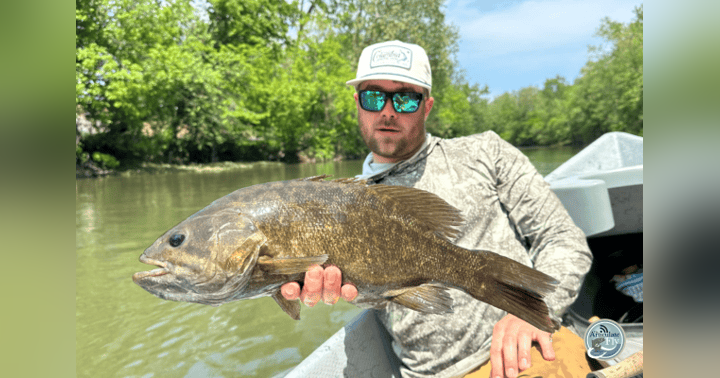HOW TO FLY FISH: GOOD THINGS COME IN THREES

In the Southeastern United States, we have three species of trout: brook, rainbow and brown. You can shift the fishing odds in your favor if you spend a little time looking at each species’ unique preferences. Brook trout are the only species indigenous to the Southeastern United States. In fact, there is a genetically distinct Southern strain. Of the three species, brook trout are the least tolerant of poor water quality and don’t compete well. As a result, you will generally find them in the cool, clean headwaters of streams and rivers. Rainbow trout are native to the Western United States. Rainbow trout tolerate a broader range of water quality than brook trout and prefer faster water such as riffles and runs. Finally, brown trout are native to Europe. They tolerate the broadest range of water quality and can inhabit the warmest water of any of the three species. They are also more structure-oriented and tend to be more active in the low light of early morning and late evening.
Since many of us fish hatchery-supported waters, let’s spend a few minutes looking at the differences between wild and hatchery trout. Wild trout are warier than their hatchery cousins. To survive, wild trout have to avoid being eaten from Day One. The longer hatchery fish are in a watershed the more educated they become, but, at the end of the day, there is no substitute for days in school! Hatchery fish grew up being fed food pellets from the sky. Not only have they imprinted on food pellets, they have developed an orientation to look up for food. As a result, hatchery trout respond positively to flies that resemble food pellets such as large Hare’s Ear nymphs or flies gently plopped on the water’s surface. They will also react more favorably to “junk” flies like Squirmies and Mop Flies. While these tendencies fade the longer a hatchery trout is in the wild, they linger like fond childhood memories.
At The Articulate Fly, we love questions! Please post a comment or send us your question.
Follow us on Facebook, Instagram, LinkedIn, Twitter or YouTube.




